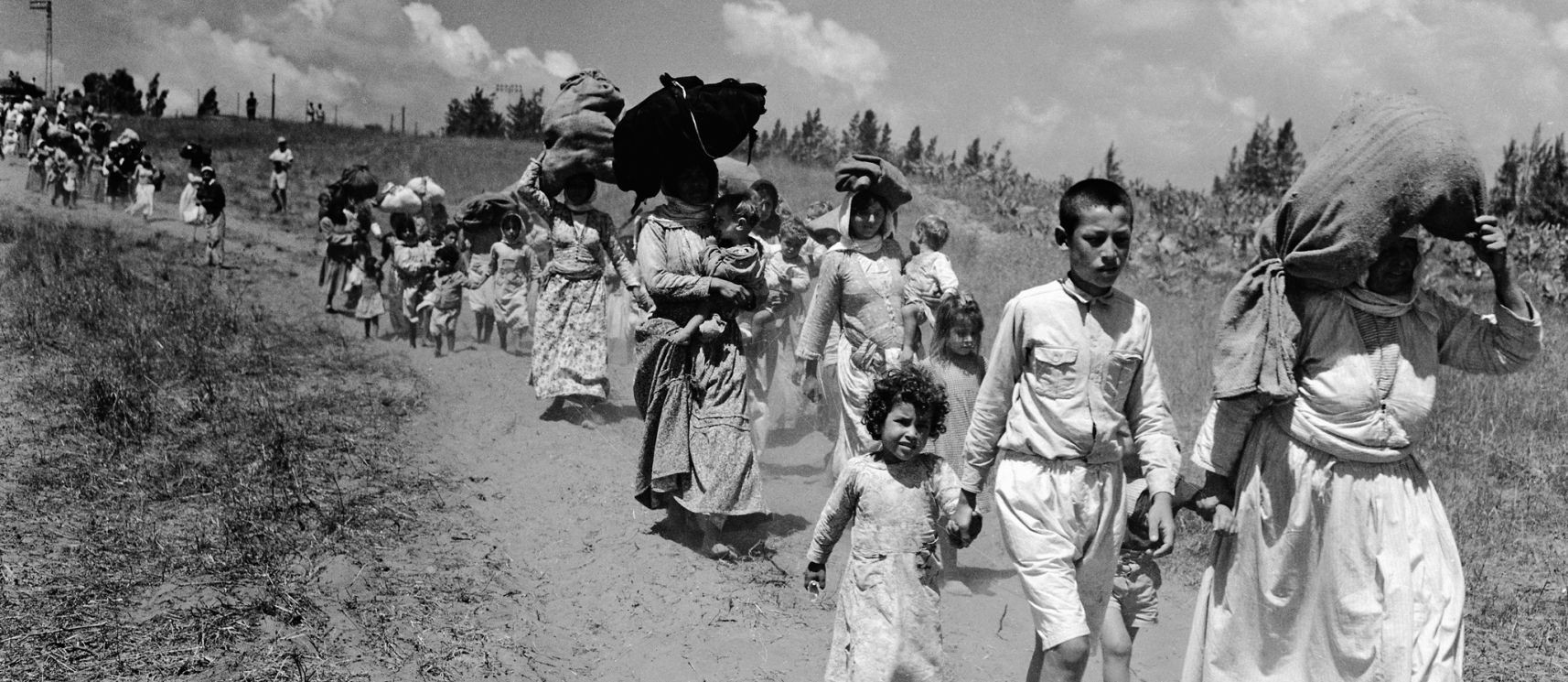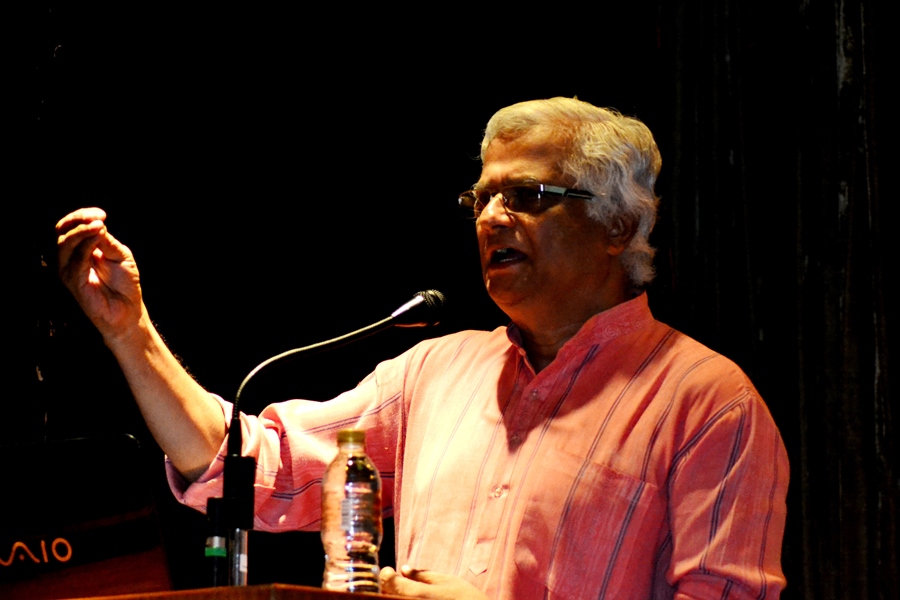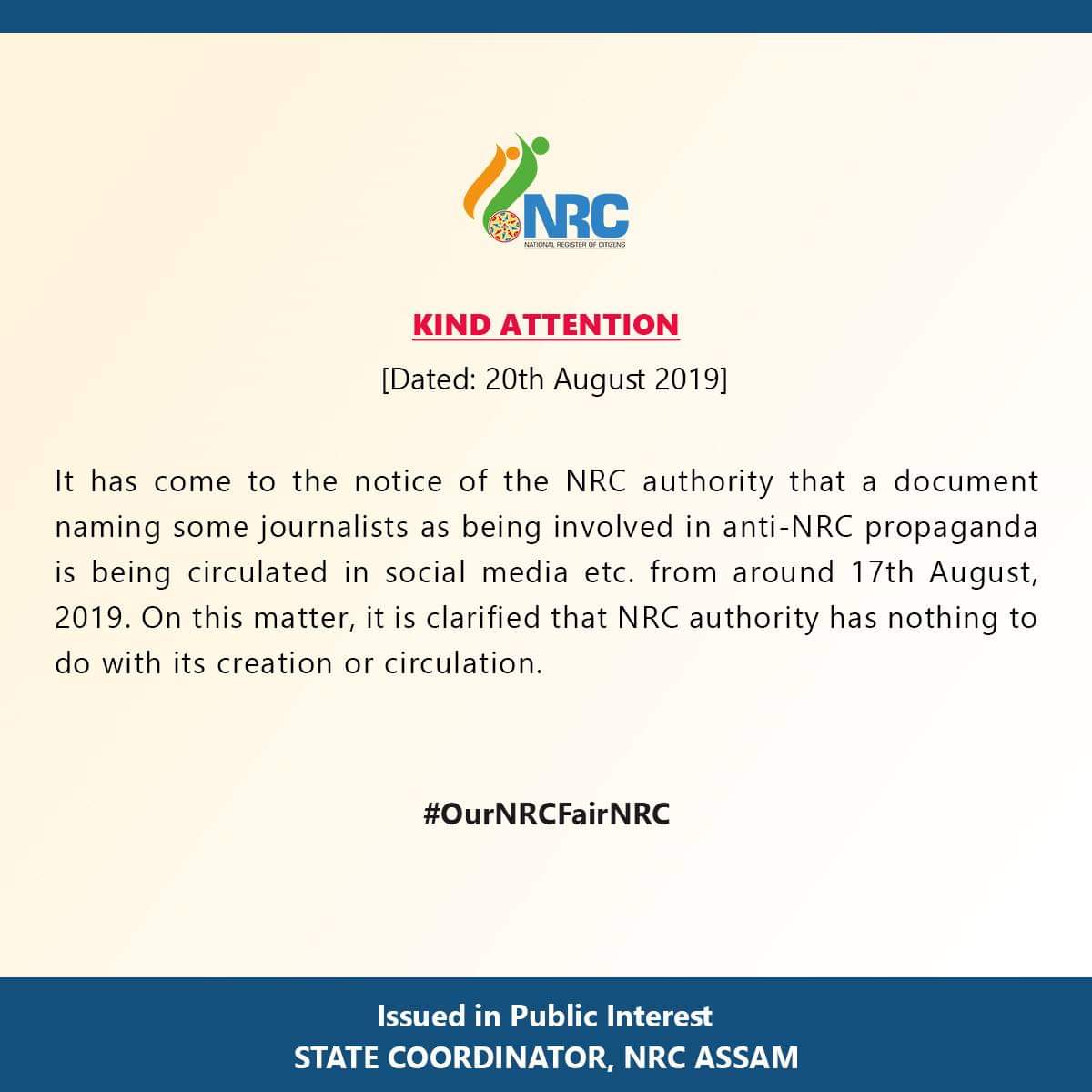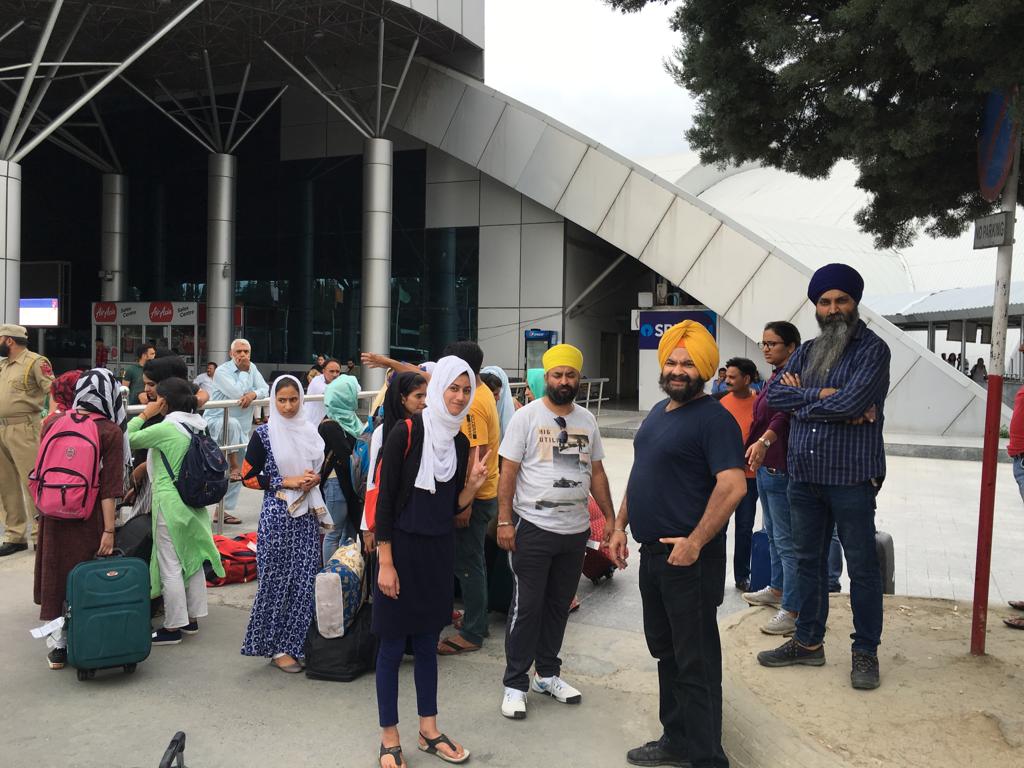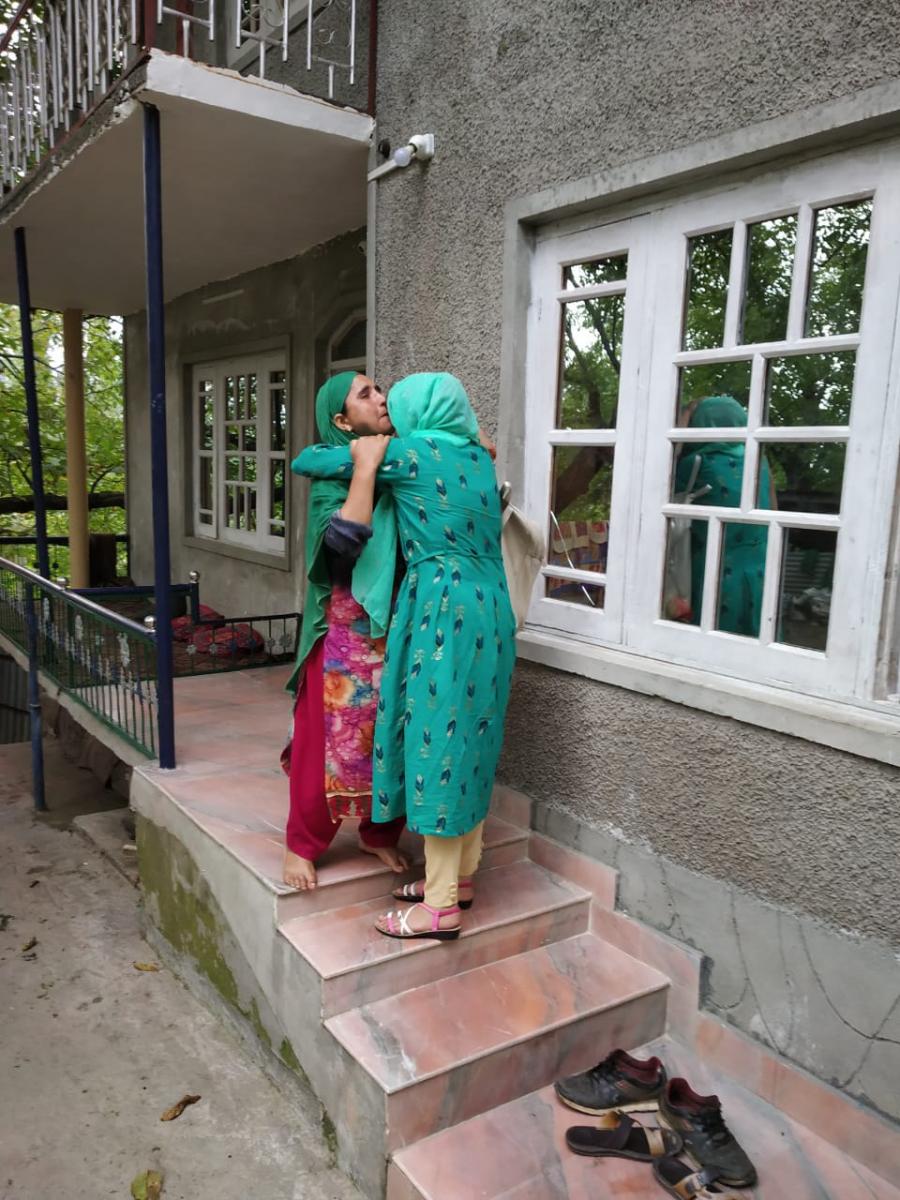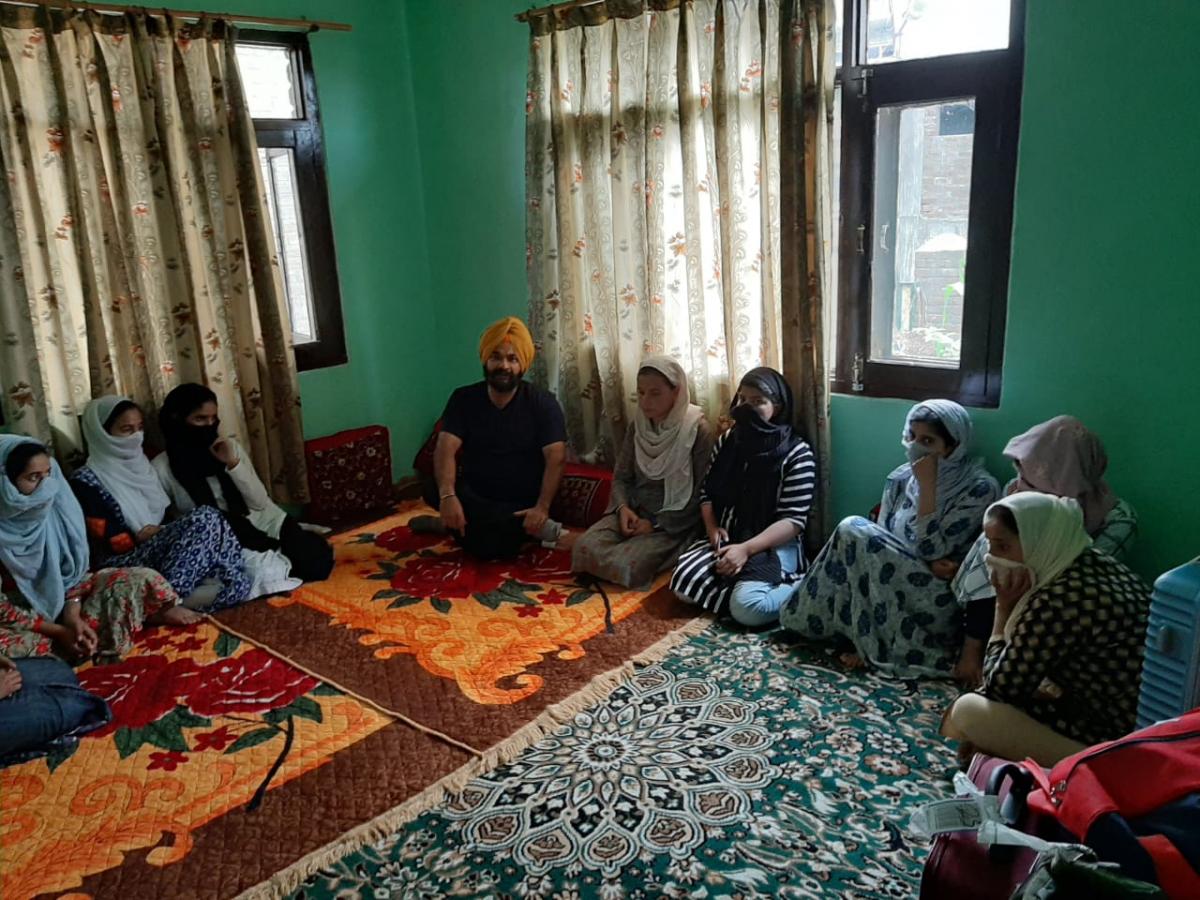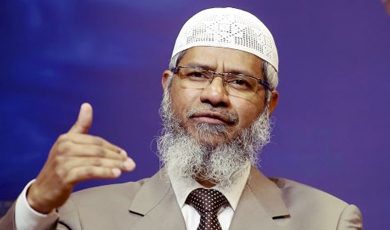Excerpts from the paper “A comparison of the healthiness of packaged foods and beverages from 12 countries using the Health Star Rating nutrient profiling system, 2013–2018”, published in Obesity Reviews, World Obesity Federation:
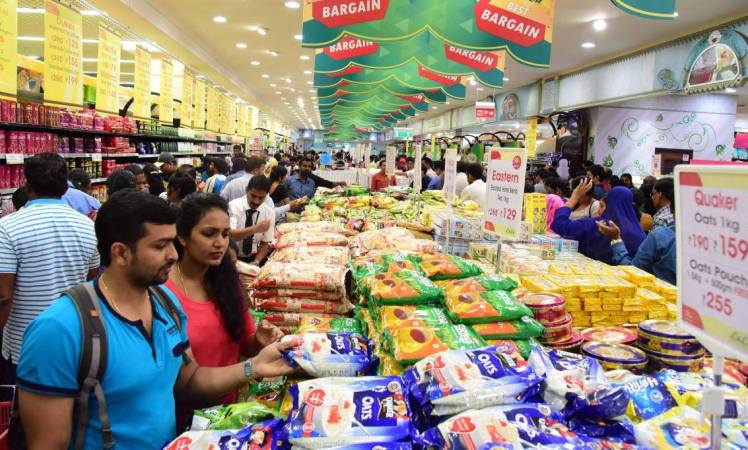
We compared the healthiness of packaged foods and beverages between selected countries using the Health Star Rating (HSR) nutrient profiling system. Packaged food and beverage data collected 2013–2018 were obtained for Australia, Canada, Chile, China, India, Hong Kong, Mexico, New Zealand, Slovenia, South Africa, the UK, and USA. Each product was assigned to a food or beverage category and mean HSR was calculated overall by category and by country.
Countries were ranked by mean HSR and median nutrient levels. Mean HSR for all products was 2.73 out of 5.0 (healthiest profile). The UK, USA, Australia and Canada ranked highest for overall nutrient profile (HSR 2.74–2.83) and India, Hong Kong, China and Chile ranked lowest (HSR 2.27–2.44). Countries with higher overall HSR generally ranked better with respect to nutrient levels. India ranked consistently in the least healthy third for all measures.
There is considerable variability in the healthiness of packaged foods and beverages in different countries. The finding that packaged foods and beverages are less healthy in middle‐ income countries such as China and India suggests that nutrient profiling is an important tool to enable policymakers and industry actors to reformulate products available in the marketplace to reduce the risk of obesity and non-communicable diseases (NCDs) among populations.
There was considerable heterogeneity in the healthiness of food and beverage categories by country. No country consistently ranked in the upper, middle or lower third of HSR rankings for all categories. However, countries such as Australia, New Zealand and South Africa had a relatively small number of categories in the lowest (least healthy) third of HSRs (two from a total of 14). In contrast, Hong Kong, India, Chile and China had six or more of their food and beverage categories ranked in the lowest third.
Canada, the UK, Australia and the USA had the highest ranked mean HSR for all foods and beverages combined (2.74 to 2.83) and Hong Kong, Chile, India and China had the lowest (2.27 to 2.44). HSR rankings differed when foods and beverages were separated out, with some countries performing well for one and less well for the other, e.g. China ranked amongst the best performing countries for beverages (HSR 2.90) but amongst the worst for food (HSR 2.37). By contrast, South Africa’s HSR for beverages (1.92) was ranked considerably lower than its HSR for foods (2.87).
There was also considerable variation in the ranking of levels of nutrients of concern between countries. Whilst countries with higher overall HSR tended to also rank better with respect to nutrient content of their foods and beverages, there were exceptions.
The sodium content of foods, in particular, was not consistently related to HSR ranking. Canadian and USA products, for example, were among the highest third of median sodium content of all countries (333 mg/100 g and 304 mg/100 g respectfully) despite sitting among the highest third of mean HSR (2.74 and 2.82 respectfully). India was consistently ranked towards the bottom for all measures of nutritional quality.
Chinese packaged foods and beverages had the highest median total sugar content (8.3 g/100 g), followed by India (7.3 g/100 g). UK foods had the lowest median sugar content (3.8 g/100 g) followed by Canada (4.6 g/100 g) and Slovenia (4.6 g/100 g).
Indian packaged foods and beverages had the highest median energy content (1515 kJ/100 g), followed by China (1461 kJ/100 g). South African products had the lowest median energy content (1044 kJ/100 g) followed by the UK (985 kJ/100 g).
Overall, packaged foods and beverages in the UK, USA, Australia and Canada ranked healthiest (mean HSR: 2.74 to 2.83 from a possible maximum of 5.00), and Indian, Hong Kong, Chinese, and Chilean foods ranked least healthy (mean HSR: 2.27 to 2.44). Chinese and Indian packaged foods and beverages also had the highest levels of saturated fat, total sugars, and energy density.
This is in line with previous research highlighting the generally unhealthy nature of packaged food and beverage products sold by the largest major food companies in India (with a mean HSR of <2.0). Levels of nutrients of concern have also previously been shown to be higher in foods in China compared to Western countries.
A recent report compared the healthiness of foods provided by nine of the world’s largest food and beverage manufacturers across countries. That report identified that food sold by these companies in countries of high‐income such as the UK and Australia had overall higher mean HSRs than those sold in lower‐income countries such as India and China.
The observation that packaged food and beverage products available for consumer purchases in middle‐income countries such as China and India were less healthy than those in high‐income countries such as Canada, UK, Australia and UK is a significant cause for concern.
India and China are experiencing a “nutrition transition”, with national nutrition surveys from the past few decades showing consumption patterns switching from traditional diets based upon fruits, vegetables, unprocessed cereals and legumes to diets that are increasingly dominated by highly processed packaged food and beverage products.
From a food category perspective, large differences in both mean HSR ranking and median levels of nutrients of concern were observed. Some results were not surprising, such as fruit, vegetables, nuts and legumes and eggs being the categories with the highest mean HSR (3.76 and 3.63 respectfully) and confectionery the lowest (1.23).
However, results showed that there were marked differences between countries in the healthiness of the same major food categories. In India, for example, fruit, vegetables, nuts and legume products had a mean HSR of 2.94, while the same category in Mexico had a mean HSR of 3.97. Similarly, meat and meat alternative products in China had a mean HSR of 1.89 compared to 3.35 for India.
These differences may reflect variation in national product portfolios (i.e. the ratio of different types of products available) as well as differences in the average composition of the same types of products. Systematic differences between high‐ and middle‐income countries may be attributable to a lack of capacity for implementation and enforcement of national policies, as well as differences in food labelling requirements and enforcement of food labelling.
These analyses demonstrate that there is considerable variability in the healthiness of packaged food and beverages across countries. The finding that packaged foods and beverages are consistently less healthy in countries such as China and India compared with higher income countries is a serious cause for concern.
These data highlight the need for continuous monitoring and reporting of the healthiness of products across diverse countries. Nutrient profiling is an important tool that can help define and monitor policy actions to improve the healthfulness of products in the marketplace and reduce population risks of obesity and non‐communicable disease risks.
Courtesy: Counter View


